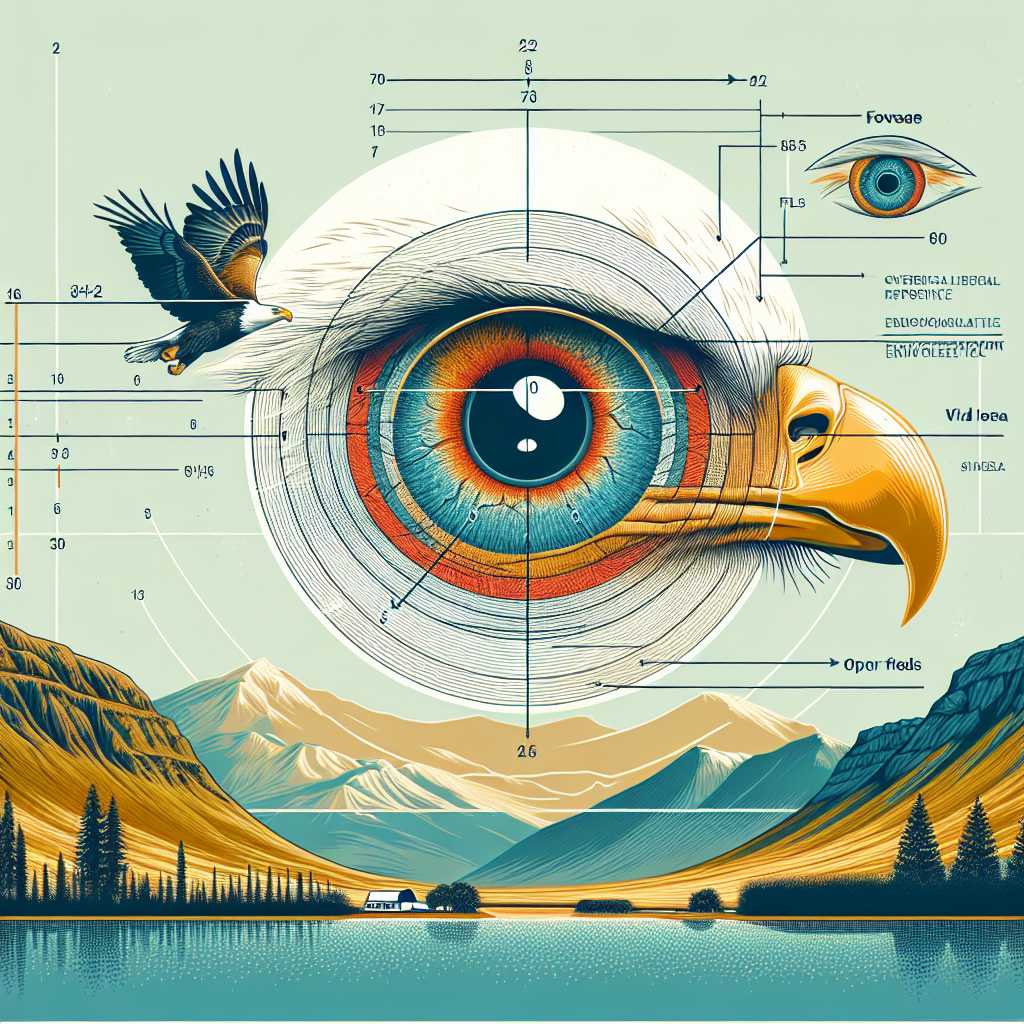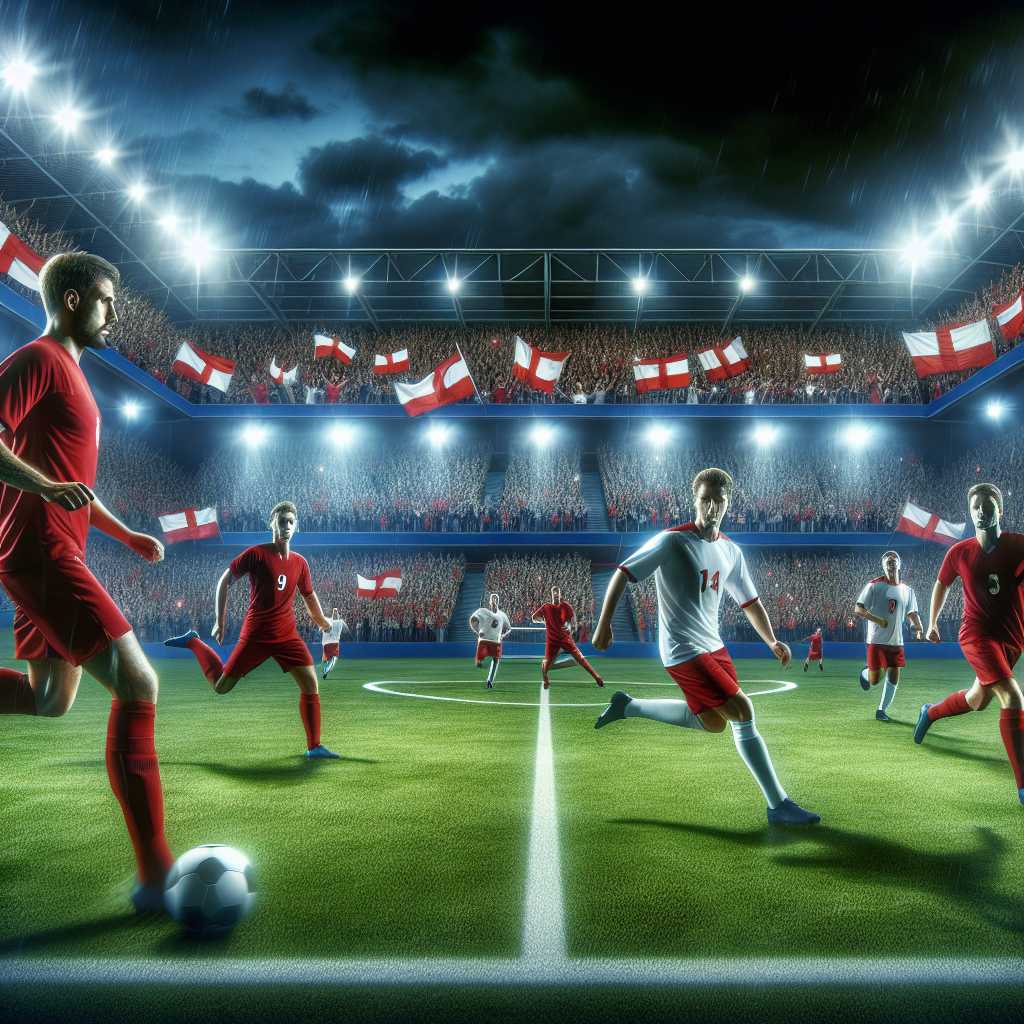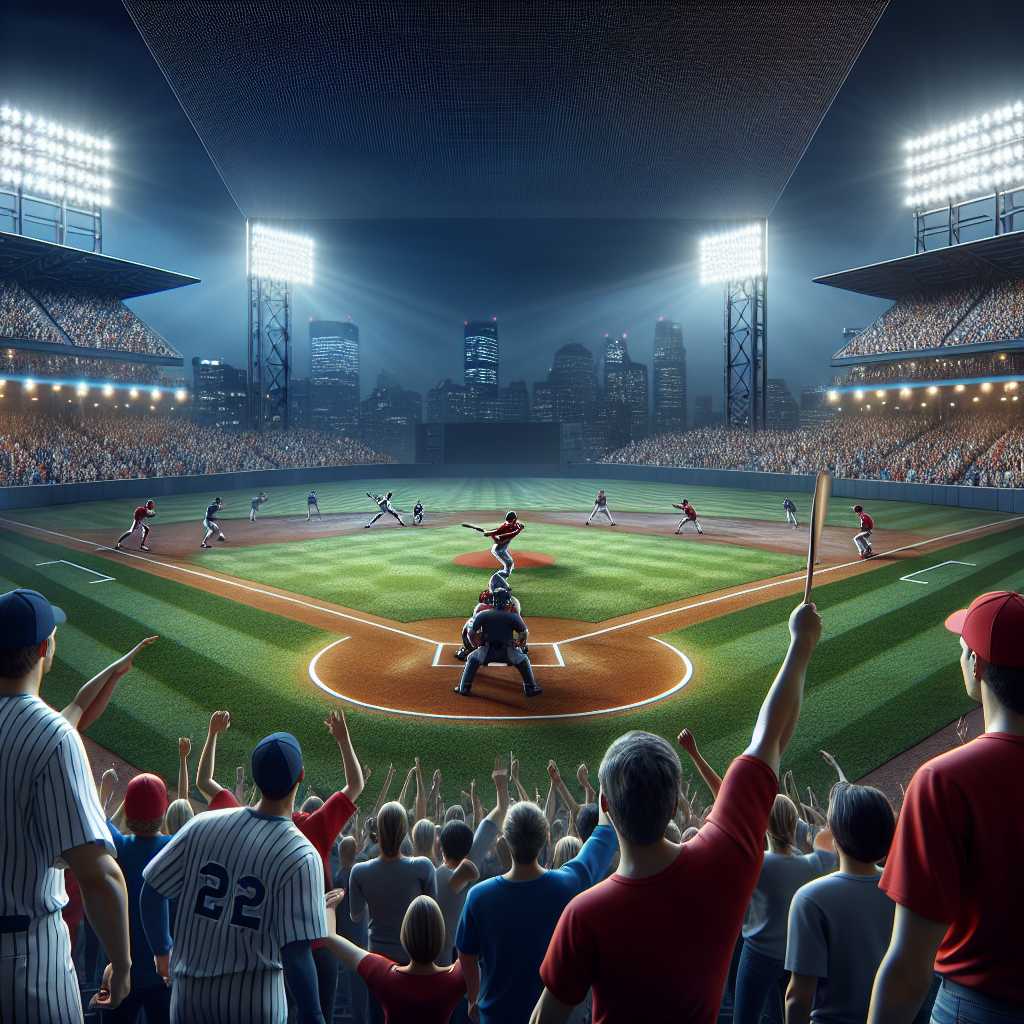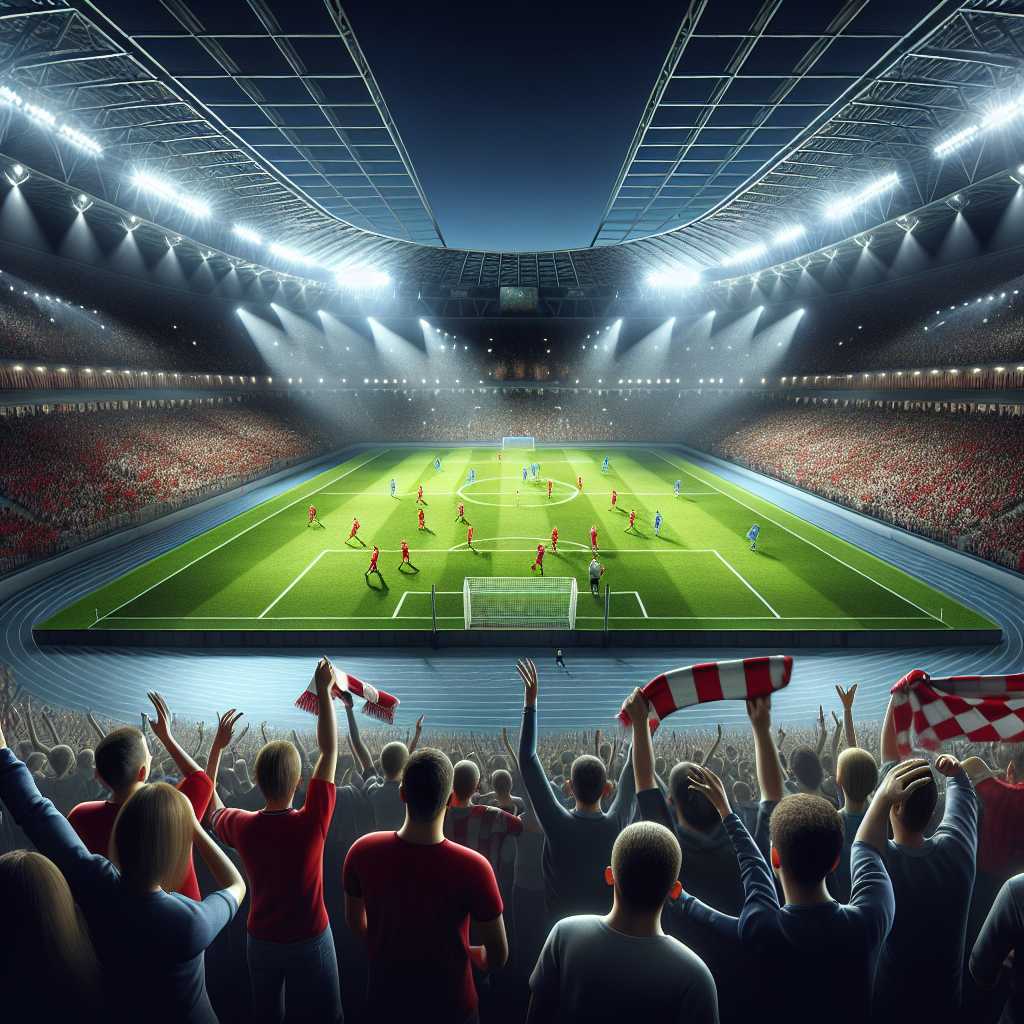Example Article
The Making of a Leader: Jim Lovell’s Early Career
James Arthur Lovell Jr., a distinguished figure in American space exploration, exemplifies leadership forged through rigorous training and diverse experiences. Before his historic Apollo 13 mission, Lovell accumulated extensive expertise as a naval aviator and test pilot, skills that laid the foundation for his calm and decisive nature under pressure. His early NASA assignments included Gemini 7 and Gemini 12, where he honed his technical knowledge and teamwork abilities.
These formative years cultivated not only his technical proficiency but also his capacity to manage complex operations with precision. Lovell’s ability to remain composed during unforeseen challenges was already apparent, an attribute essential for commanding missions that ventured into the unknown. His experiences highlight how leadership in spaceflight is as much about psychological resilience as it is about scientific expertise.
Moreover, Lovell’s role in these early missions established him as a respected figure among his peers, earning the trust necessary for the command of Apollo 13. This trajectory underscores the importance of cumulative experience and interpersonal skills in preparing astronauts for the high stakes of manned spaceflight.
Apollo 13: A Masterclass in Crisis Management
Apollo 13 is often remembered not as a failure but as an extraordinary success in crisis management, largely due to Jim Lovell’s exemplary leadership. The mission began routinely but was abruptly transformed when an oxygen tank exploded, crippling the spacecraft’s systems. Faced with dwindling resources and life-threatening conditions, Lovell’s calm demeanour became crucial in guiding both crew and ground teams through unprecedented adversity.
Lovell’s approach combined technical acumen with clear communication and emotional steadiness. He coordinated with Mission Control to devise innovative solutions, such as powering down non-essential systems to conserve energy and improvising carbon dioxide removal methods using available materials onboard. His ability to inspire confidence reassured both his crew members and the public watching anxiously on Earth.
This episode has since become a case study in leadership under pressure, illustrating how adaptability, teamwork, and calm decisiveness can turn near-disaster into survival. Lovell’s handling of Apollo 13 continues to inspire leaders beyond aerospace, demonstrating universal principles applicable across fields facing critical challenges.
Beyond Spaceflight: Jim Lovell’s Enduring Legacy
After retiring from NASA and the Navy, Jim Lovell transitioned into roles that leveraged his leadership skills beyond space exploration. He became an advocate for science education and public engagement with space history, emphasising lessons learned from the Apollo era. His public speaking engagements and writings contribute to preserving the pioneering spirit of early space missions.
Lovell’s legacy also permeates popular culture; the 1995 film "Apollo 13" immortalised his story, bringing wider recognition to the human elements behind technological triumphs. His portrayal helped demystify astronautics, highlighting courage and collaboration rather than mere heroics.
Importantly, Lovell’s story continues to influence contemporary discussions about risk management and crisis response in high-stakes environments. His example encourages future generations to approach challenges methodically yet creatively, maintaining optimism even when situations appear dire.
Conclusion: Jim Lovell as a Timeless Model of Leadership
Jim Lovell’s journey from naval aviator to Apollo 13 commander encapsulates the essence of effective leadership amid uncertainty. His career demonstrates how preparation, composure, technical mastery, and interpersonal skills intertwine to navigate crises successfully. The Apollo 13 mission remains a powerful reminder that leadership is not solely about authority but about inspiring trust and innovation under pressure.
The lessons drawn from Lovell’s experiences extend far beyond spaceflight, offering valuable insights for leaders in all sectors facing unpredictable challenges. By studying his example, organisations can better appreciate the importance of resilience, adaptability, and collaborative problem-solving.
Ultimately, Jim Lovell personifies how extraordinary circumstances reveal true leadership character—an enduring legacy that continues to inform and inspire nearly five decades after that fateful mission.
Notes
- Jim Lovell flew four space missions: Gemini 7, Gemini 12, Apollo 8 (first crewed lunar orbit), and Apollo 13.
- Apollo 13’s successful safe return was dubbed ‘a successful failure’ due to its life-saving crisis management.
- The improvised carbon dioxide scrubber solution on Apollo 13 used plastic bags and duct tape—showcasing human ingenuity.



























